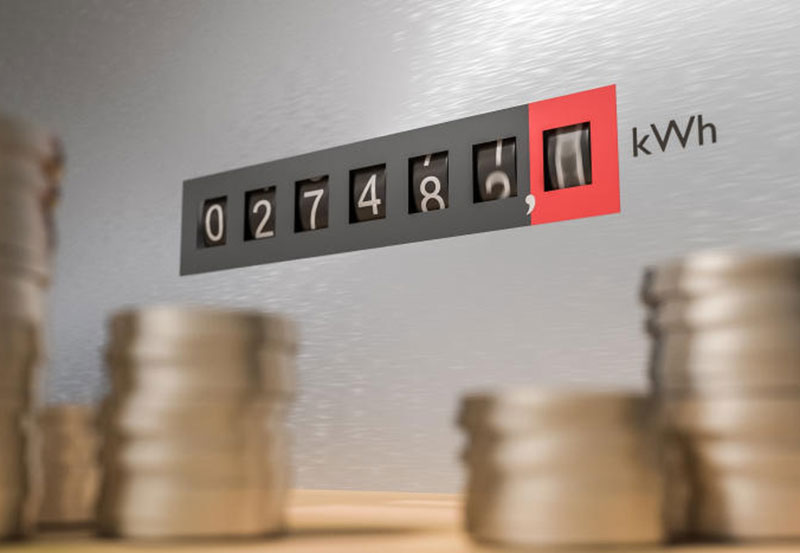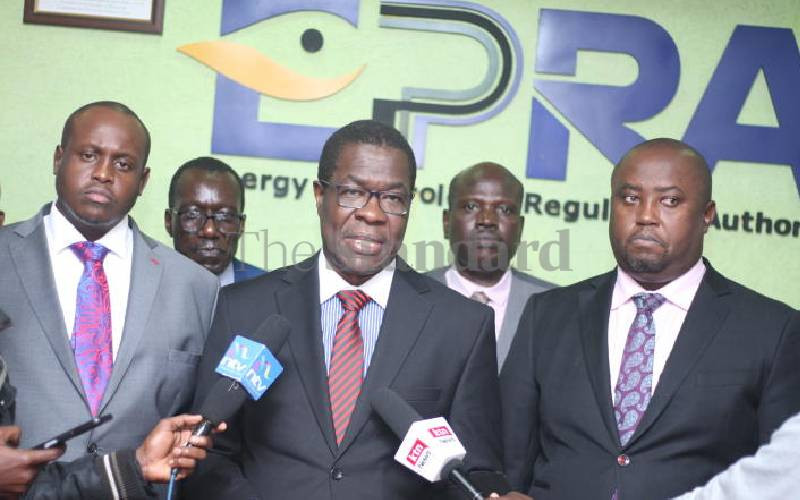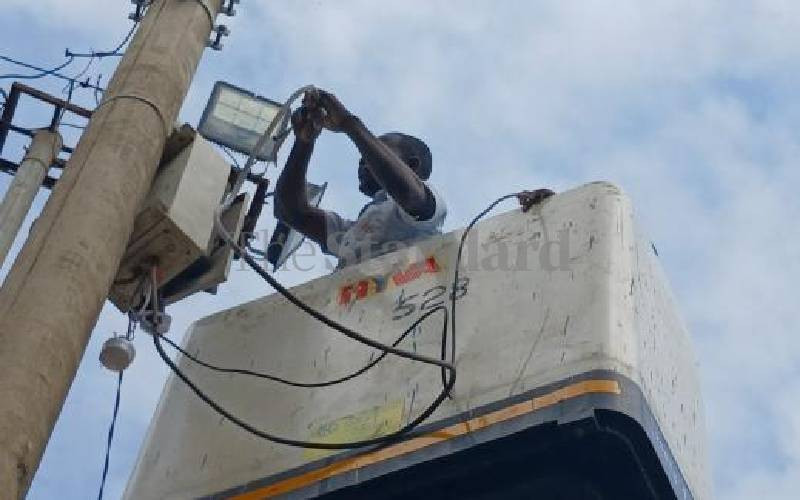
The Energy Regulatory Commission (ERC) has yielded to public pressure and reduced the cost of electricity for low-income households and small businesses.
The move might, however, spell more doom for Kenya Power which has said it expects profits for the year to June to go down by more than 25 per cent even as it received approval from the regulator yesterday to delay the release of its 2018 annual results by a month.
ERC in changes announced yesterday also increased the threshold for the subsidised tariff targeted at low-income earners, referred to as lifeline tariff, which will now cover homes consuming up to 100 units of power per month.
The new lifeline band will cover 5.7 million power users, according to the regulator.
ERC Director-General Pavel Oimeke said at a press briefing in Nairobi the new development was an amendment to the power tariffs unveiled in July and comes after public outcry.
ERC reduced the charges for the lifeline tariff to Sh10 per unit from Sh12.
The costs, however, do not include variables such as the fuel cost and foreign exchange charge.
“The review follows the need to accommodate the concerns raised by members of the public, the National Assembly, the Senate and customers. These complaints have been in regards to the high electricity costs and the need to spur economic growth by SMEs,” said Mr Oimeke.
He said the new tariff would take effect today. Basic computation of power costs under the new rates for the lifeline tariff would mean a home consuming 50 units per month will now pay about Sh760 compared with Sh1,100 under the old rates, translating to a 30 per cent reduction.
Households that consume more than 100 units of electricity per month will, however, continue paying the rates published on July 31 of Sh15.80 per unit.
“The lifeline tariff is meant to accommodate more households from the informal settlements, urban and peri-urban and rural areas to cushion them from the increased cost of living. This will cover 5.7 million customers,” said Mr Oimeke.
With 5.7 million households or at least 90 per cent of Kenya Power’s 6.8 million customers now qualifying for this tariff, the utility firm could face more challenging times ahead.
The financial problems that are now becoming apparent are the latest in a series of challenges the firm has faced over the last year during which it has had to contend with accusations of overbilling consumers.
ERC also revised downwards the cost of power for small businesses.
Stay informed. Subscribe to our newsletter
The regulator split the small commercial customers into two categories based on their consumption. Small Commercial 1, will be made of Small and Medium Enterprises that consume up to 100 units per month and will pay Sh10 per unit of power from the current Sh15.60.
Bills for SMEs consuming between 100 and 15,000 units per month will, however, remain the same.
 The Standard Group Plc is a
multi-media organization with investments in media platforms spanning newspaper
print operations, television, radio broadcasting, digital and online services. The
Standard Group is recognized as a leading multi-media house in Kenya with a key
influence in matters of national and international interest.
The Standard Group Plc is a
multi-media organization with investments in media platforms spanning newspaper
print operations, television, radio broadcasting, digital and online services. The
Standard Group is recognized as a leading multi-media house in Kenya with a key
influence in matters of national and international interest.
 The Standard Group Plc is a
multi-media organization with investments in media platforms spanning newspaper
print operations, television, radio broadcasting, digital and online services. The
Standard Group is recognized as a leading multi-media house in Kenya with a key
influence in matters of national and international interest.
The Standard Group Plc is a
multi-media organization with investments in media platforms spanning newspaper
print operations, television, radio broadcasting, digital and online services. The
Standard Group is recognized as a leading multi-media house in Kenya with a key
influence in matters of national and international interest.









